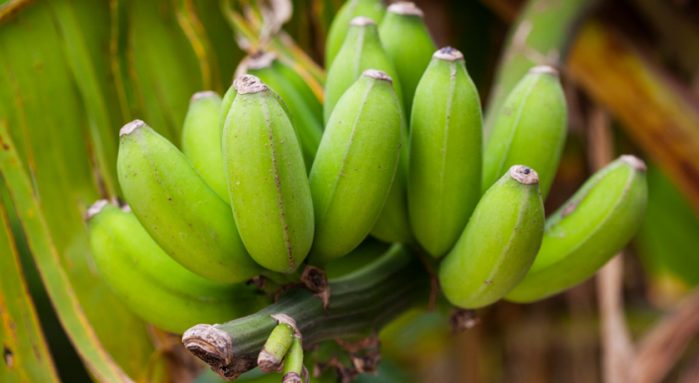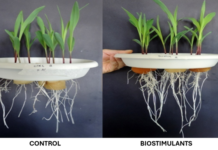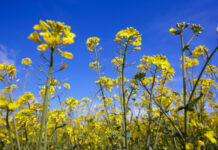By Nita Karume :
Xanthomonas wilt of banana, better known as BXW is a bacterial disease that affects banana plants. The disease was first reported in Ethiopia before 2001, where it reportedly affected bananas. However, it has since spread to the Great Lakes region of East Africa. Although no proper means of resistance have been identified, the disease can be controlled through cultural practices.
Modes of transmission
Insects, farm tools and infected planting material are the main agents of transmission. However, the transmission is highly dependent on the management practices being applied. Leaf wetness has also been implicated in disease establishment.
On the other hand, goats and other livestock can carry the bacteria in their mouth. This facilitates the spread of the disease to healthy plants. Pests can also help the bacteria in the soil gain entry into the plant through the root system.
The disease causes death of the plant and rotting of the fruit. The leaves gradually turn yellow and start looking lifeless as if they were melting under intense heat. According to research, flowering plants depict the first symptoms of insect transmission through a drying rot and blackening of the male bud. The fruits ripen unevenly and prematurely, turning from green to yellow and black rapidly. The pulp of the rotting fruits shows rusty brown stains.
Internal symptoms revealed by doing a cross-section of an infected stem are yellow-orange streaking and the presence of a yellow bacterial ooze. This can also be seen from any other infected plant part.
Prevention measures
Removal of the male bud after the last hand has set will prevent insect transmission of the bacteria. Keeping cutting tools clean will also help prevent the transmission through contaminated tools. However, should the disease show up, removing the diseased stem has been proved to reduce the incidence of new infections to negligible levels. That is, when used in combination with the practices that prevent transmission of the bacteria. Alternatively, the growing of cultivars with persistent bracts has also been proposed to protect the male bud from insect-transmitted infections.
Control practices
Removing infected plants
From the early days of the epidemics, farmers were advised to uproot diseased mats, and to dispose of the plant debris, before replanting using clean planting material. The practice, however, proved to be a demanding task especially for small holder farmers. Mats can also be destroyed by injecting an herbicide into the mother plant. Single diseased stem removal
An alternative to uprooting the entire mat is cutting off the infected plant at soil level. In the early days of the epidemic, research suggested the possibility of preventing the infection of the plant if the said plant is only in the first stages of flower infection. However, long-term studies have since proved this wrong, since the bacteria do not go on to systematically colonize all the suckers attached to the rhizome. Moreover, the development of the disease is not given once a particular plant is infected. This, then makes the single diseased stem removal (SDSR) technique an effective alternative to uprooting the entire mat.
Beyond what individual farmers can do on their plots, a number of measures, such as intensive surveillance and reporting of new outbreaks and strict control of the movement of plant material from infected areas to unaffected ones, have been proposed.









